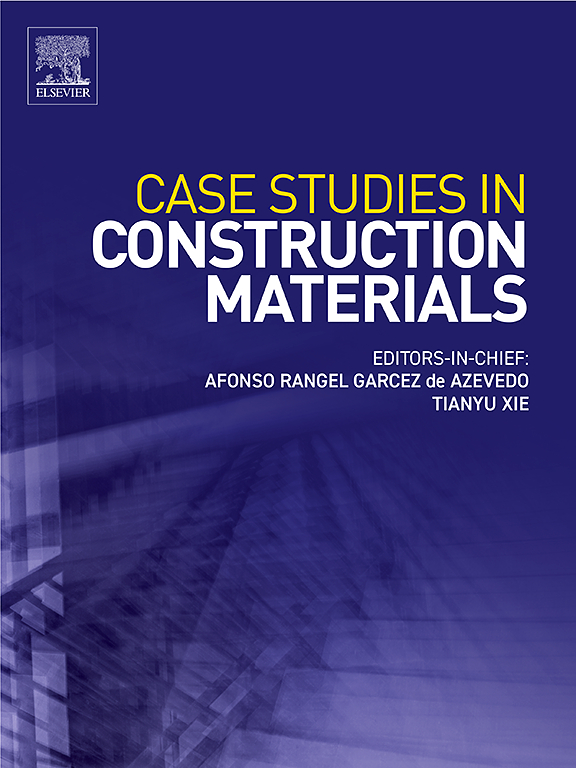Preliminary assessment of structural masonry damage in Malbork Castle
IF 6.5
2区 工程技术
Q1 CONSTRUCTION & BUILDING TECHNOLOGY
引用次数: 0
Abstract
The castle in Malbork is one of the most representative brick buildings in the world and an excellent example of medieval defensive and residential architecture in Central Europe. This facility is a top-class monument, as evidenced by its inclusion on the UNESCO World Heritage List. Although it might seem that the subsoil is consolidated within the castle and no new cracks should be visible in the masonry structure - recent years have shown that the facility still requires both systematic monitoring of displacements and comprehensive structural diagnostics. Damage was observed in the Palace of the Grand Masters, particularly on the eastern wall and the barrel and palm vaults. The paper presents a preliminary analysis of palace damage and observed cracks. The assessment of the technical condition of the walls and the causes of the structural irregularities was carried out based on local inspections and tests of the structure, including geodetic measurements, ultrasonic tomograph tests and geophysical tests performed using the GPR method using the short-offset reflective profiling (GPR) technique. Additionally, destructive tests were also performed by drilling holes in the basement floor with the introduction of an inspection camera. It was found that the cause of the damage was uneven settlement of the subsoil. Additionally, it was found that there is probably a previously undiscovered brick vault below the basement floor, where visual inspection holes have been made.
马尔堡城堡结构砌体损伤初步评估
马尔堡城堡是世界上最具代表性的砖砌建筑之一,也是中欧中世纪防御和住宅建筑的典范。它被列入联合国教科文组织世界遗产名录,是一座一流的纪念碑。虽然城堡内部的底土似乎已经被加固,砖石结构上不应该出现新的裂缝,但近年来的研究表明,该设施仍然需要对位移进行系统监测和全面的结构诊断。在大大师的宫殿中发现了损坏,特别是在东墙和桶形拱顶和棕榈拱顶上。本文对宫殿损伤和观察到的裂缝进行了初步分析。对墙壁的技术状况和结构不规则的原因的评估是根据对结构的局部检查和测试进行的,包括大地测量、超声波层析成像测试和利用短偏移反射剖面(探地雷达)技术的探地雷达方法进行的地球物理测试。此外,还进行了破坏性试验,在地下室地板上钻孔,并安装了检查摄像机。结果表明,破坏的原因是地基不均匀沉降。此外,还发现地下室下面可能有一个以前未被发现的砖砌拱顶,在那里已经打了目视检查孔。
本文章由计算机程序翻译,如有差异,请以英文原文为准。
求助全文
约1分钟内获得全文
求助全文
来源期刊

Case Studies in Construction Materials
Multiple-
CiteScore
7.60
自引率
19.40%
发文量
842
审稿时长
63 days
期刊介绍:
Case Studies in Construction Materials provides a forum for the rapid publication of short, structured Case Studies on construction materials. In addition, the journal also publishes related Short Communications, Full length research article and Comprehensive review papers (by invitation).
The journal will provide an essential compendium of case studies for practicing engineers, designers, researchers and other practitioners who are interested in all aspects construction materials. The journal will publish new and novel case studies, but will also provide a forum for the publication of high quality descriptions of classic construction material problems and solutions.
 求助内容:
求助内容: 应助结果提醒方式:
应助结果提醒方式:


